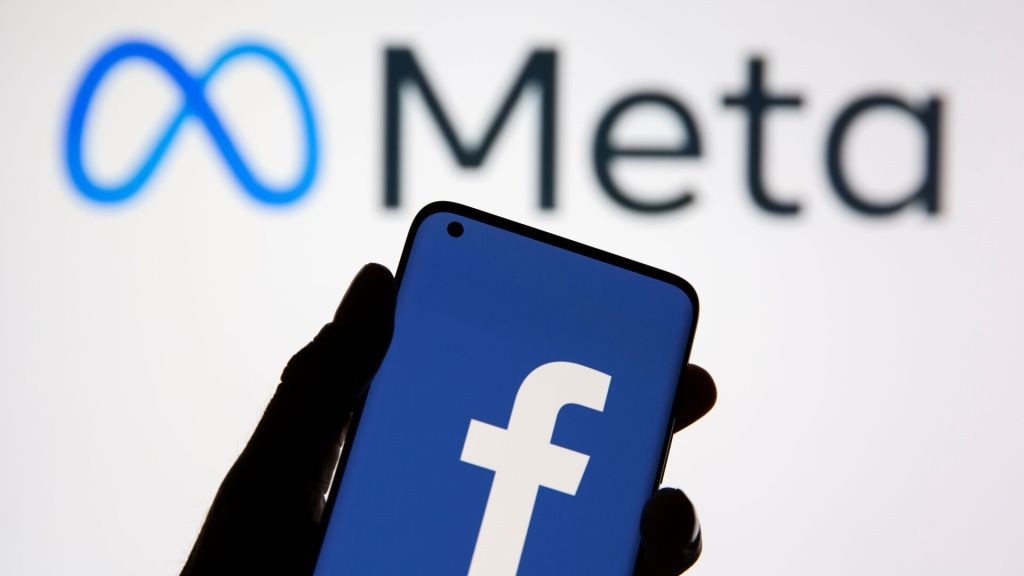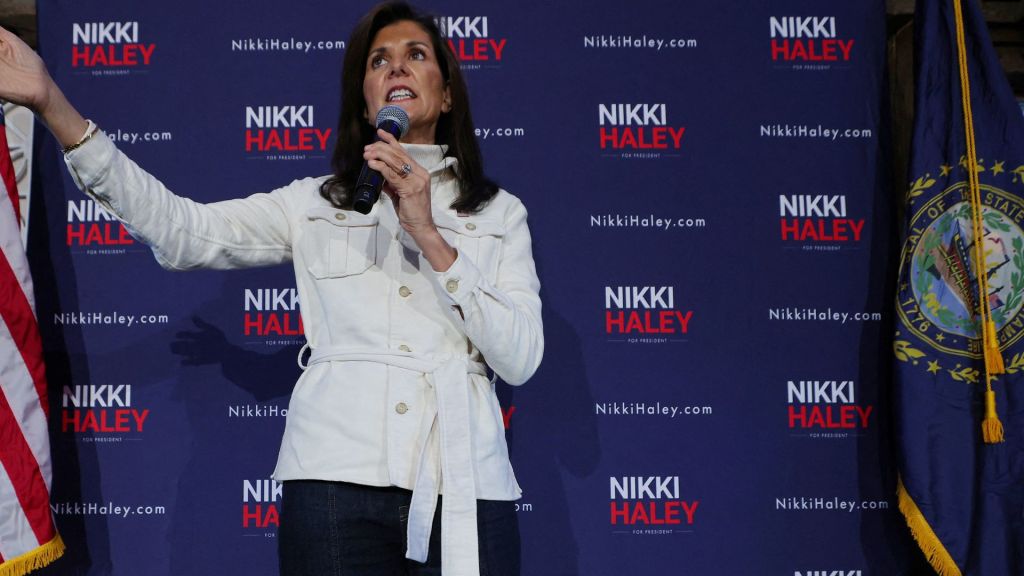
Commentary
-
Our commentary partners will help you reach your own conclusions on complex topics.
Well, everything must be going great. Stock market’s up. It’s been touching new records for most of this year. The Federal Reserve just raised its forecast for 2022, from 3.3% to 3.8%. They’re even more optimistic than they were. That 3.8% growth rate is about twice what the Fed thinks the economy can grow at over the long-term.
Not only that, everyone, in Washington anyway, seems to think the good times will continue to roll, but the public doesn’t seem to think that way. Particularly consumers. There are a number of indices of consumer confidence. One of them is the conference board and its October reading was 12% below its June reading. The University of Michigan also has an index out there to measure consumer attitudes. In October it hit its lowest level. In a decade, it was down 26% from the April reading.
The National Federation of Independent Businesses is a small business group that regularly surveys its members. Now remember, small business people, both are income earners for households as well as employers. And so it’s worth a lot of attention to see what they’re saying.
Here’s their forecast for six months out, they were asked, will things be better or will things be worse six months from now?
Well, the worse beat the better by 37 points. You know, that’s like a 70, 30, margin in an election, a real landslide. Small business people just like consumers are becoming much more pessimistic about what lays ahead. At the root of this and where it’s showing up and it’s actually reinforcing things are lots of indicators of worker dissatisfaction. Consumers aren’t just unhappy when they go shopping. They’re also unhappy about work. Consider for example what we call the labor force participation rate — the share of people who are either working or looking for work and let’s narrow it down to 25 to 54 year olds.
And that’s sort of the prime age group for the labor force.
Well, unemployment has come down dramatically since, uh, COVID began. We’re now down to just 4.6%. unemployment. Jobs are easy to find. And when jobs are easy to find, labor force participation goes up because it’s easy to find a job. Doesn’t take much work. I may as well go look, but that didn’t happen this time.
Labor force participation is still one and a half points below what it was in February of 2000. Sounds like funny numbers. Let me put it in other terms. We have over 4 million people who used to be willing to work now not willing to work. Well, we wonder why we have supply chain problems and why they can’t find qualified workers. Well, 4 million of them decided not to work. Not only that people who are working are now regularly quitting their jobs.
We’ve now just had in the last month, 4.4 million people quit in one month.
That’s a 3% quit rate — the highest in many, many decades.
Well, just think about that in terms of any business you are associated with. If 3% of the people quit in a month, that means 36% of them quit over the course of the year.
Right? Imagine having more than a third of the people in any company quit. Well, there’s a good reason why they’re quitting, and that is that if they quit, they can usually command higher pay.
So just in the last few months, overall wages have started to climb. They’re up to 5.8%. But people who switched jobs have seen their wages go up 14.6%, basically three times as much.
So if you want to make more money, and you want to keep up with inflation, the thing to do is at least threaten to quit. And if the boss doesn’t give you what you want, then quit, you’ll find a job really quickly and you’ll get a big pay hike.
Well, this is going to be a problem going forward. So we now have people quitting to get more pay. But when they get more pay the costs of production go up, businesses have to raise prices to try and recoup that extra costs, which means workers have to demand even more money to keep up with inflation.
This is called a wage price spiral.
When these things end, there’s really only one way to stop a spiral.
And that is to raise interest rates so high that the economy comes either to a recession or it shrinks or something very close to a recession.
We all hope that doesn’t happen. Just history says that is what happened, but the Fed doesn’t want it to happen anytime soon, and neither does the Congress.
So that way I think what we’re going to see is the Fed stand back and inflation is going to go higher and higher.
-
Biden’s EV math just doesn’t add up
In March, the Biden administration issued a new directive requiring U.S. automakers to cut the average carbon emissions of their fleets by almost 50% before 2032. That order is one component of President Biden’s larger goal to cut total U.S. carbon emissions in half by 2030. A primary method for reaching these goals will involve…
-
President Biden just isn’t cool
For some Americans, politics is only about policy, while others prioritize core values, ideas, aspirations or beliefs. Still, for others, politics may be a reflection of culture, where voting serves as a symbolic act to proclaim cultural group identity. But for some Americans, who they vote for and support is more of a popularity contest,…
-
Federal Reserve policy should be more restrictive
The American economy is booming, with high GDP growth, record-low unemployment, and wage gains for median workers. Over the past few quarters, U.S. economic growth indicators have consistently outperformed official projections. But the U.S. Federal Reserve recently conceded that its policies might be too restrictive, hindering the full potential of the U.S. economy, which the…
-
Celebrate tight labor market, but don’t cut interest rates
While President Joe Biden has been celebrating U.S. economic success, many Americans are still unhappy about the economy. So who’s right? The most recent jobs report for February showed that while the unemployment rate rose slightly to 3.9%, job gains were higher than expected, with the total coming in at 275,000 versus the expected increase…
-
Social and economic class will define 2024 election
Following in the footsteps of FDR, Democratic support in the past hundred years has drawn largely from working-class individuals, labor unions, and civil society organizations. Republican support, conversely, tended to rely upon larger corporate donations and the support of high-income individuals. In 2024, these traditional roles are evolving, and the new reality of campaign finance…
Latest Opinions
-

Supreme Court justices split over Idaho’s abortion law
-
 Getty Images
Getty Images
Businesses sue over FTC ban on noncompetes
-
 Getty Images
Getty Images
National Enquirer ex-publisher: Tabloid made up stories to help Trump
-
 Getty Images
Getty Images
Bird flu fallout: USDA says milk is safe, states must test dairy herds
-
 Getty Images
Getty Images
Biden administration cracks down on flight refunds and hidden fees
Popular Opinions
-
In addition to the facts, we believe it’s vital to hear perspectives from all sides of the political spectrum.


